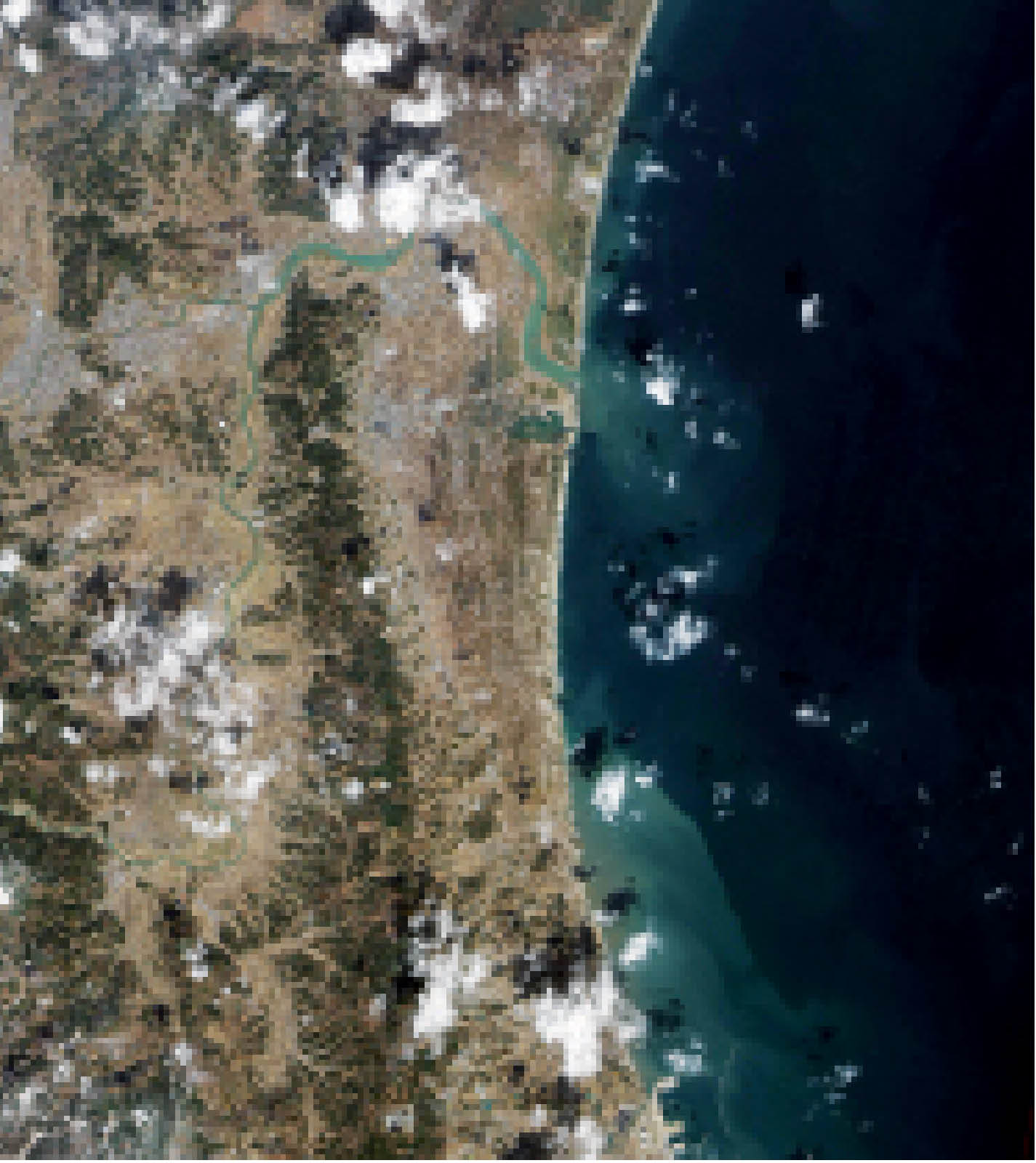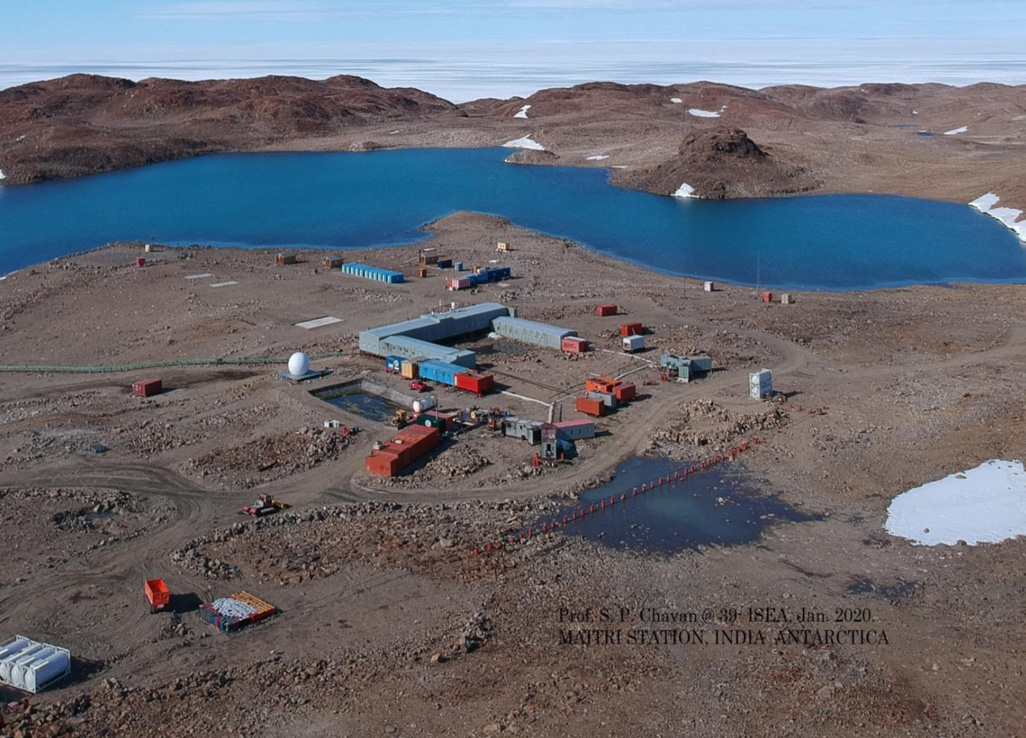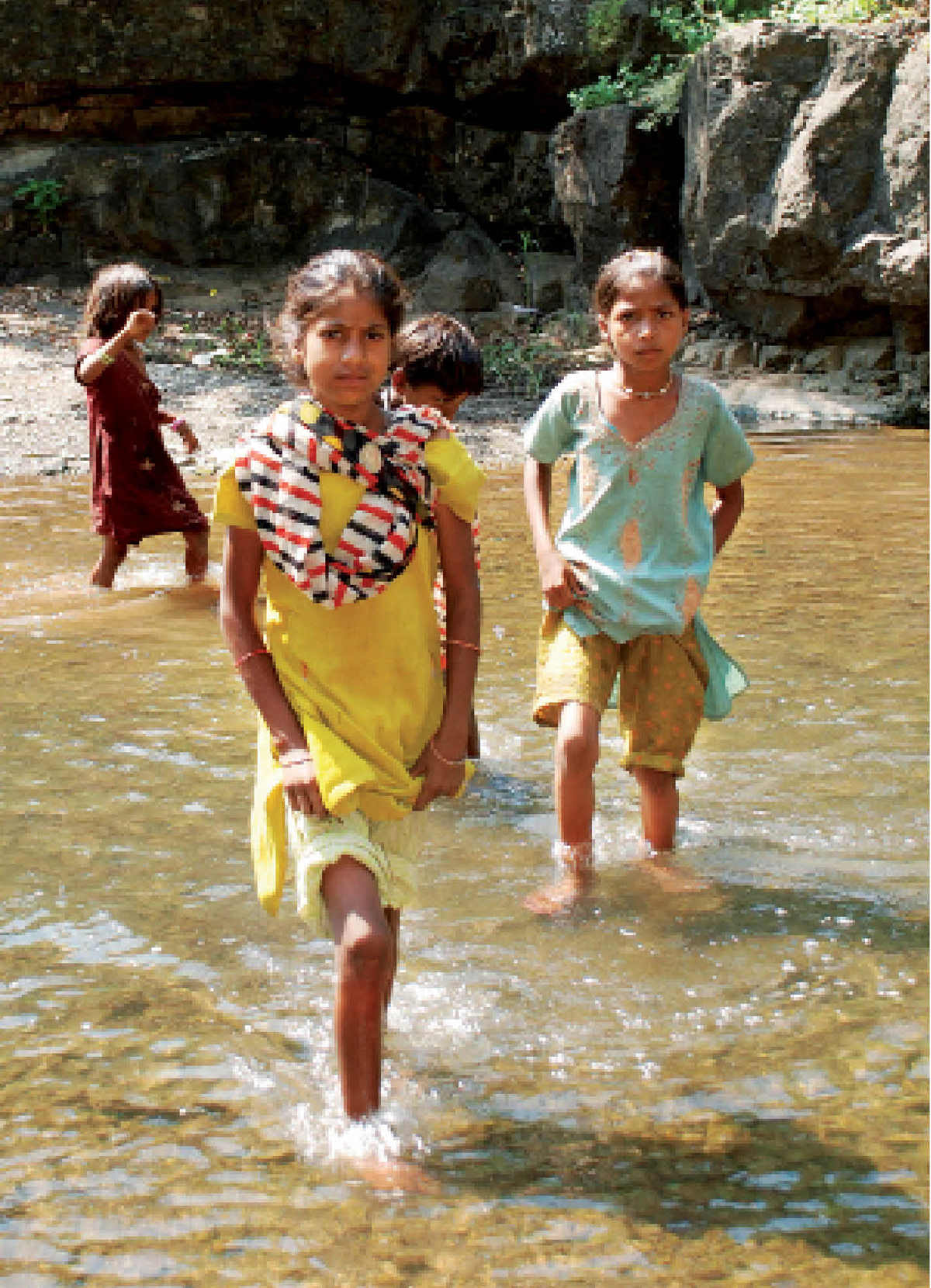Lessons from Japan What could be done in India?



India is set to embark on a new chapter in its Polar exploration journey with the construction of Maitri II. The Indian government plans to establish a new research station near the existing Maitri ba...
.png )
The Deep Ocean Mission (DOM), approved by the Government of India in 2021 under the Ministry of Earth Sciences (MoES), represents a strategic step in realizing Sustainable Development Goal 14 (SDG 14:...

China recently announced restrictions on the export of seven rare earth elements (REEs), soon after US President Donald Trump decided to impose tariffs. As the world's dominant supplier—responsible fo...
In Japan, the Earthquake Early Warning system played a crucial role in saving thousands of lives. India is also striving to deploy such a system and forecast earthquakes.
With the rapid urbanisation, motorisation and industrialisation in India, air pollution specially fine particulate matter and air toxins have become a threat to the environment in general and human he...
Three aspects are highlighted - trade can make a substantial impact on water security policies, the organisational and financial support systems for community based organisations are still not a part...
The developed and developing countries have differed on protocol and regulatory mechanisms of climate negotiations essentially because of varying geophysical specificities and countries’ strategies of...
In Japan, the Earthquake Early Warning system played a crucial role in saving thousands of lives. India is also striving to deploy such a system and forecast earthquakes.

With the rapid urbanisation, motorisation and industrialisation in India, air pollution specially fine particulate matter and air toxins have become a threat to the environment in general and human health in particular.

Three aspects are highlighted - trade can make a substantial impact on water security policies, the organisational and financial support systems for community based organisations are still not a part of the mainstream policy reform agenda and the standards for human water consumption needs are somewhat opaque.
